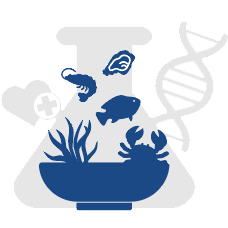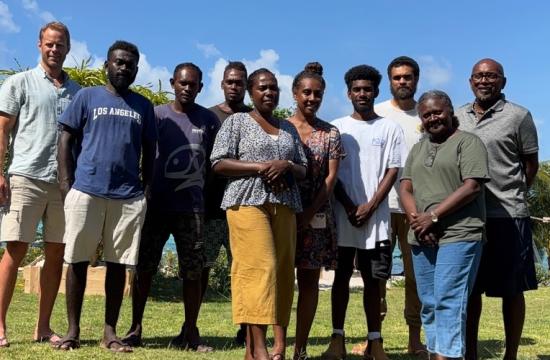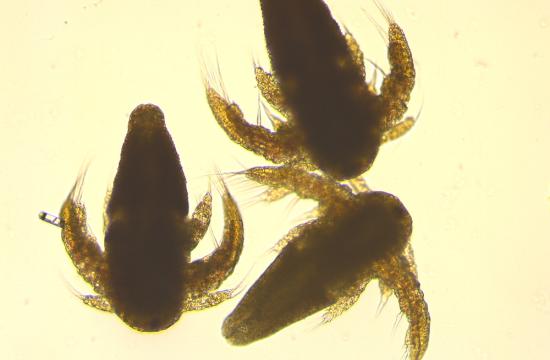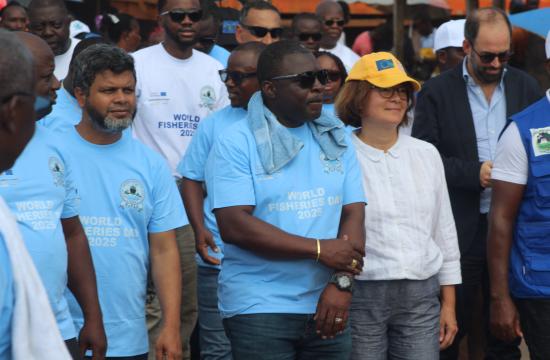Harnessing Aquatic Foods for Healthy People, Healthy Planet, and Shared Prosperity
Big Splashes Over Five Years, 2020–2025
Global Impact from WorldFish Research and Innovations
people, including women and children, nourished adequately with aquatic foods integrated in their diets
women and people from other marginalized groups empowered with greater access to resources, markets, and decision-making in the fisheries and aquaculture sector
households increased their incomes through increased sustainable production of aquatic foods
hectares restored through sustainable/ improved management of natural resources
MT of fish, seaweed, and other aquatic foods produced with reduced greenhouse gas emissions and greater resource efficiency
On behalf of WorldFish I extend our profound sympathy and sincere condolences to the Royal Family’.
The Latest
Stay up-to-date with the latest news and developments in research and innovations across aquatic food systems.
Solomon Islands National University Centre for Island Futures and WorldFish Develop New Collaboration on Nourishing Island Food System Futures
Updates
WorldFish and the Solomon Islands National University (SINU) Centre for Island Futures have launched an expanded collaboration to strengthen island food systems,…
Gender and Youth, Climate and Environmental Sustainability, Social and Economic Inclusion • 11 Dec 2025
Read MoreArtemia-Integrated Systems for Strengthening Coastal Aquaculture
Blog
Brine shrimp (Artemia nauplii) sit at the foundation of hatchery production. They provide the proteins, fatty acids and enzymes needed for the earliest stages of…
Environment & Biodiversity, Gender and Youth, Climate, Livelihoods, Nutrition, Nutrition and Public Health, Climate and Environmental Sustainability, Social and Economic Inclusion • 11 Dec 2025
Read MoreLiberia Celebrates World Fisheries Day with EU highlighting the Seeds4Liberia Project Impact
Updates
The coastal city of Buchanan in Grand Bassa County, Liberia hosted the first World Fisheries Day to be celebrated by Liberia’s National Fisheries and Aquaculture…
Livelihoods, Nutrition and Public Health, Climate and Environmental Sustainability, Social and Economic Inclusion • 10 Dec 2025
Read MoreBig Facts on Aquatic Foods
600
million number of people around the world who depend on small-scale fisheries and aquaculture for their livelihoods.
204
million tons - the volume of aquatic food production by 2030.
60
million - number of people engaged in the primary sector of fisheries and aquaculture in 2018.
24
trillion - the value of the ocean economy, including fisheries, shipping lanes and tourism.




